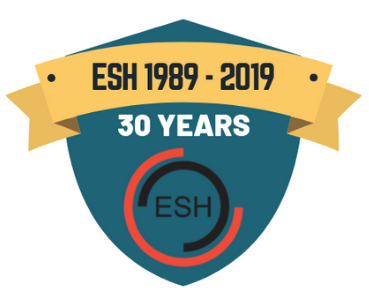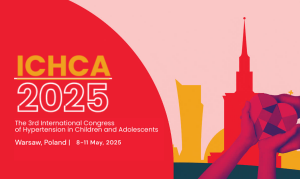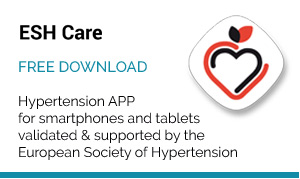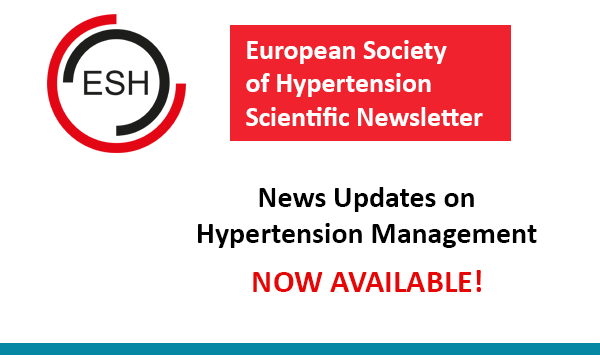Hypertension 2008
The PRoFESS Trial: Telmisartan for Avoiding Second Strokes
A major cause of morbidity and mortality, ischemic stroke is the third most common cause of death in many developed countries after cardiovascular disease and cancer. The risk of a recurrent stroke or transient ischemic attack (TIA) is between 5% and 15% per year and runs highest immediately after the primary episode. (1,2) While aspirin is standard therapy for secondary prevention in these patients, combination therapy with aspirin and extended-release dipyridamole (ER-DP), which ACC/AHA guidelines recommend for secondary stroke prevention, or clopidogrel is superior to aspirin monotherapy.
ACE inhibition also decreases the likelihood of recurrent stroke. In the Perindopril Protection Against Recurrent Stroke or PROGRESS trial, for example, use of an ACE inhibitor as secondary prophylaxis reduced stroke risk 28% versus placebo. (3) Speculation about greater benefit with the use of an angiotensin receptor blocker (ARB) led to the Morbidity and Mortality After Stroke, Eprosartan Compared With Nitrendipine for Secondary Prevention (MOSES) study, which found that while the ARB eposartan produced similar blood pressure (BP) lowering results compared to the calcium channel blocker nitrendipine, the primary endpoint – composite of total mortality and all cardiovascular and cerebrovascular events – was significantly lower with the ARB. (4)
The Prevention Regimen for Effectively Avoiding Second Strokes (PRoFESS) trial is designed to continue this evaluation in a 2 x 2 factorial design, comparing the combination of aspirin/ER-DP to clopidogrel for reducing the risk of subsequent stroke and the effect of adding telmisartan to usual care. Patients were 50 years or older and had to have had an ischemic stroke within the past 120 days. The median time from qualifying event to randomization was 15 days with 39.9% of patients randomized within 10 days. (5) The primary endpoint was time to first recurrent stroke of any type over the course of the study.
According to Prof. Hans-Christoph Diener, MD, University of Duisburg-Essen (Germany), the primary hypothesis of PRoFESS was that the ARB telmisartan would be superior to placebo in reducing recurrent stroke, and secondarily, telmisartan is superior in reducing the composite outcome of recurrent stroke, myocardial infarction, vascular death, or new or worsening CHF.
In this large-scale, randomized trial involving 695 sites in 35 countries, 20,332 patients were randomized to telmisartan (n = 10,146) versus placebo (n = 10,186) and followed for 3.5 years. In addition to study medications, anywhere from 20% to 35% of patients also were taking BP medication (diuretic, ACE inhibitor, beta-blocker, or calcium channel blocker) during the trial. At all time points measured, telmisartan produced a reduction in both systolic and diastolic BP versus placebo.
Dr. Diener presented PRoFESS telmisartan results at Hypertension 2008, and although the primary endpoint of recurrent stroke was reduced in the telmisartan group, it was not significantly different from placebo (8.7% vs. 9.2%; p = 0.231). When researchers explored time-dependent interactions, they found that more telmisartan patients experienced recurrent strokes in the first 6 months of the study (347 vs. 326) but after that time point, the placebo group had more strokes out to the end of the study (533 vs. 608), which was significant for the interaction (p = 0.042).
The placebo group also experienced more secondary outcome episodes (composite of stroke, MI, vascular death, CHF). However, the difference was only significant for the interaction in regard to time, which paralleled the primary outcome in that more telmisartan patients had a secondary outcome event in the first 6 months but the placebo group had far more after that (p = 0.004). Significantly more telmisartan patients discontinued taking their medication (p<0.001), primarily due to hypotensive symptoms.
Although the use of telmisartan did not prove to be superior to placebo in secondary stroke prevention, Dr. Diener noted that the study analysis suggests that a potential later benefit with telmisartan use increases over time following an initial lag with the agent. The benefits that begin to appear after 6 months are consistent with those seen in previous trials involving renin-angiotensin system blockers.
References:
- Lovett JK, Coull AJ, Rothwell PM. Early risk of recurrence by subtype of ischemic stroke in population-based incidence studies. Neurology 2004;62:569-73.
- Rothwell PM, Warlow CP. Timing of TIAs preceding stroke: time window for prevention is very short. Neurology 2005;64:817-20.
- PROGRESS Collaborative Group. Randomised trial of a perindopril-based blood-pressure-lowering regimen among 6105 individuals with previous stroke or transient ischemic attack. Lancet2001;358:1033-41.
- Schrader J, Lüders S, Kulschewski A, et al. Morbidity and Mortality After Stroke, Eprosartan Compared with Nitrendipine for Secondary Prevention: principal results of a prospective randomized controlled study (MOSES). Stroke 2005;36:1218-26.
- Diener HC, Sacco R, Yusuf S; Steering Committee; PRoFESS Study Group. Rationale, design and baseline data of a randomized, double-blind, controlled trial comparing two antithrombotic regimens (a fixed-dose combination of extended-release dipyridamole plus ASA with clopidogrel) and telmisartan versus placebo in patients with strokes: the Prevention Regimen for Effectively Avoiding Second Strokes Trial (PRoFESS). Cerebrovasc Dis 2007;23:368-80.






